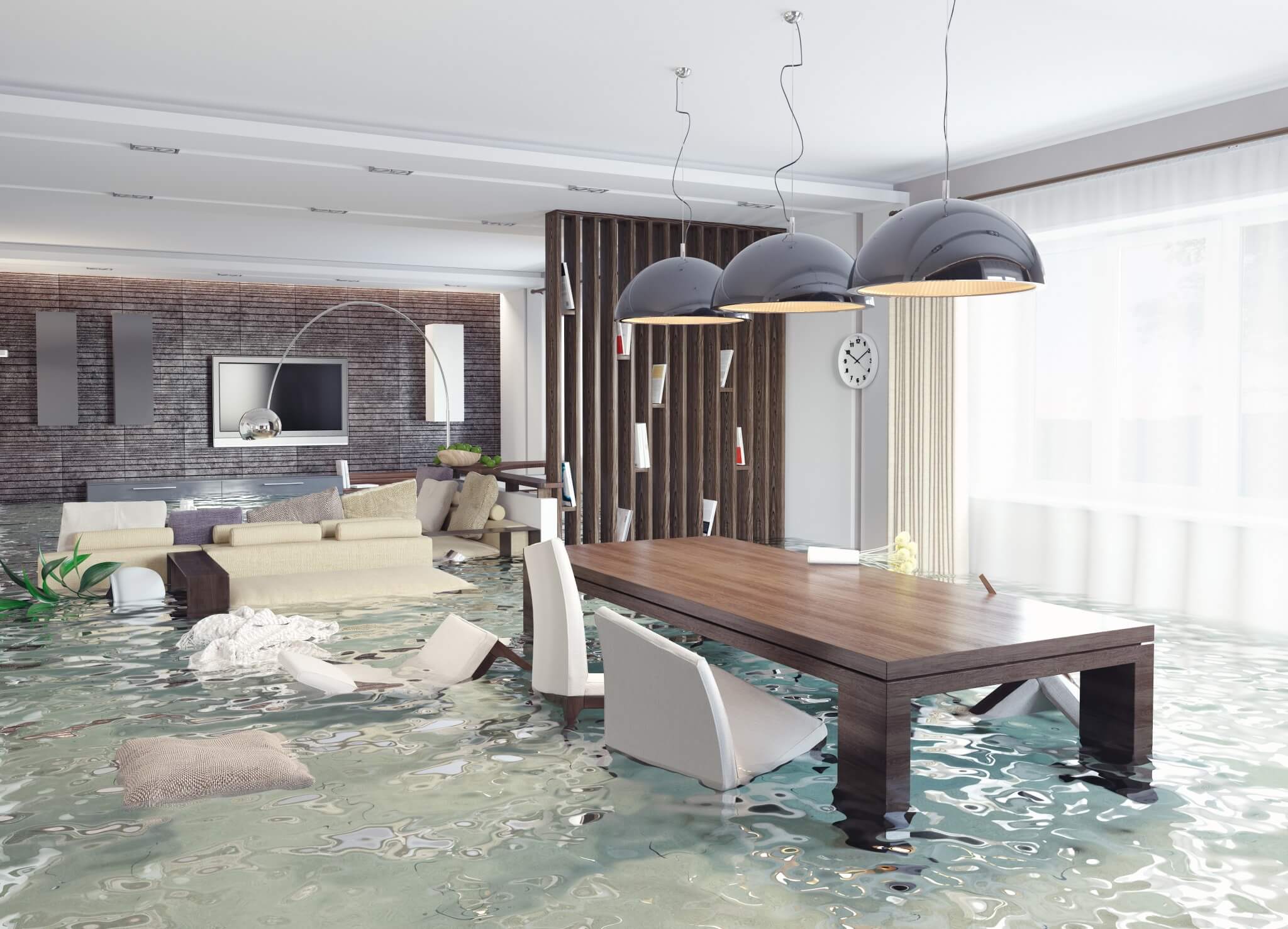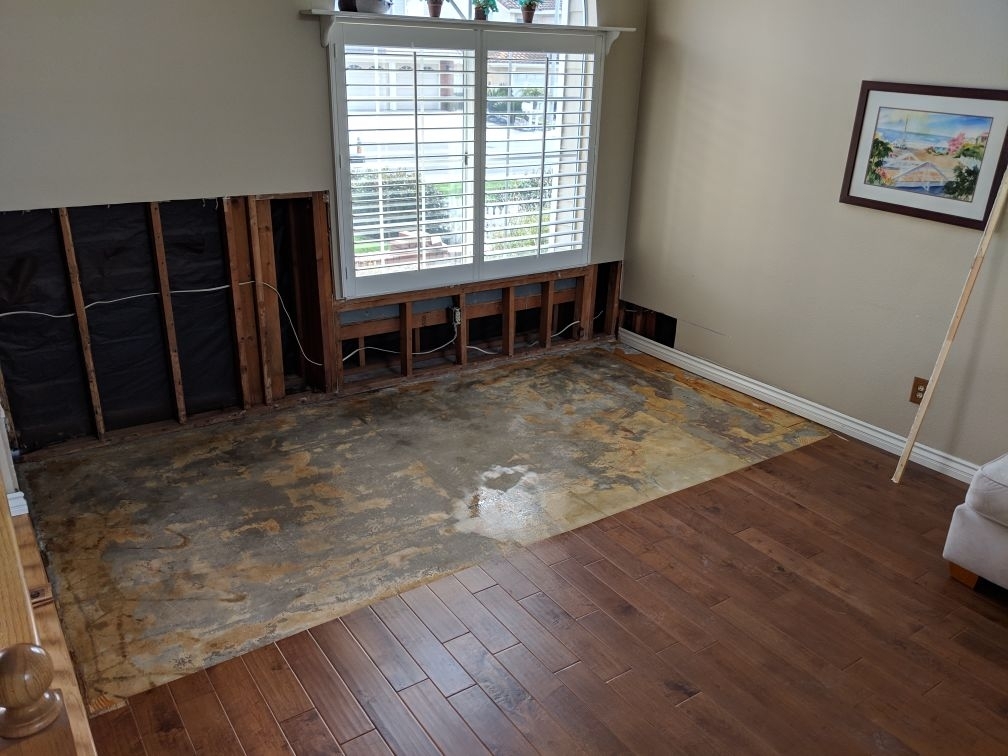Do's & Don'ts of Water Damage.
Do's & Don'ts of Water Damage.
Blog Article
How do you feel in relation to Simple Solutions To Preventing Fire And Water Damage To Your Home?

Though water gives life, water intrusion on parts where it's not intended to be can result in damage. If the water saturates into your structure, it can peel away surface areas as well as erode the foundation. Mold and mildew likewise prosper in a moist atmosphere, which can be harmful for your health and wellness. Homes with water damages smell musty and also old.
Water can come from several sources such as tropical storms, floodings, burst pipes, leakages, as well as drain problems. In case you experience water damage, it would be excellent to know some security preventative measures. Here are a few guidelines on exactly how to take care of water damages.
Do Prioritize Residence Insurance Coverage Insurance Coverage
Water damages from flood because of heavy winds is seasonal. Nonetheless, you can also experience an abrupt flooding when a malfunctioning pipe unexpectedly ruptures into your house. It would certainly be best to have residence insurance that covers both acts of God such as natural calamities, and emergency situations like damaged plumbing.
Don't Neglect to Switch Off Energies
This reduces off power to your entire residence, preventing electrical shocks when water comes in as it is a conductor. Don't fail to remember to turn off the primary water line valve.
Do Remain Proactive as well as Heed Climate Signals
Tornado floodings can be extremely unpredictable. If there is a background of flooding in your area, stay prepared and also aggressive. Pay attention to evacuation cautions if you live near a river, creek, or lake . Take out belongings from the ground floor as well as basement, after that placed them on the greatest feasible level. Doing so minimizes possible home damage.
Do Not Disregard the Roof
You can stay clear of rain damage if there are no openings and leaks in your roof covering. This will prevent water from moving down your walls and also soaking your ceiling.
Do Take Notice Of Small Leaks
A burst pipe doesn't take place over night. Usually, there are red flags that indicate you have damaged pipelines in your house. You might see gurgling paint, peeling wallpaper, water streaks, water stains, or dripping audios behind the wall surfaces. At some point, this pipeline will certainly rupture. Preferably, you need to not wait on things to rise. Have your plumbing fixed prior to it leads to large damage.
Do Not Panic in Case of a Ruptured Pipe
When it comes to water damage, timing is key. Hence, if a pipe bursts in your residence, quickly shut off your main water shutoff to cut off the resource. Call a credible water damage reconstruction specialist for help.
Water gives life, water breach on parts where it's not meant to be can result in damage. Homes with water damage smell old as well as musty.
Water damage from flooding charges to heavy winds is seasonal. You may notice bubbling paint, peeling wallpaper, water touches, water stains, or leaking noises behind the walls. When it comes to water damage, timing is vital.
Some Do's & Don't When Dealing with a Water Damage
DO:
Make sure the water source has been eliminated. Contact a plumber if needed. Turn off circuit breakers supplying electricity to wet areas and unplug any electronics that are on wet carpet or surfaces Remove small furniture items Remove as much excess water as possible by mopping or blotting; Use WHITE towels to blot wet carpeting Wipe water from wooden furniture after removing anything on it Remove and prop up wet upholstery cushions for even drying (check for any bleeding) Pin up curtains or furniture skirts if needed Place aluminum foil, saucers or wood blocks between furniture legs and wet carpet Turn on air conditioning for maximum drying in winter and open windows in the summer Open any drawers and cabinets affected for complete drying but do not force them open Remove any valuable art objects or paintings to a safe, dry place Open any suitcases or luggage that may have been affected to dry, preferably in sunlight Hang any fur or leather goods to dry at room temperature Punch small holes in sagging ceilings to relieve trapped water (don't forget to place pans beneath!); however, if the ceiling is sagging extremely low, stay out of the room and we'll take care of it DO NOT:
Leave wet fabrics in place; dry them as soon as possible Leave books, magazines or any other colored items on wet carpets or floor Use your household vacuum to remove water Use TV's or other electronics/appliances while standing on wet carpets or floors; especially not on wet concrete floors Turn on ceiling fixtures if the ceiling is wet Turn your heat up, unless instructed otherwise

We were introduced to that article on Fire And Water Damage Prevention from a good friend on another website. Do you know another individual who is fascinated by the topic? Take a moment to share it. I value reading our article about Keeping Your Home Safe This Holiday Season.
Report this page